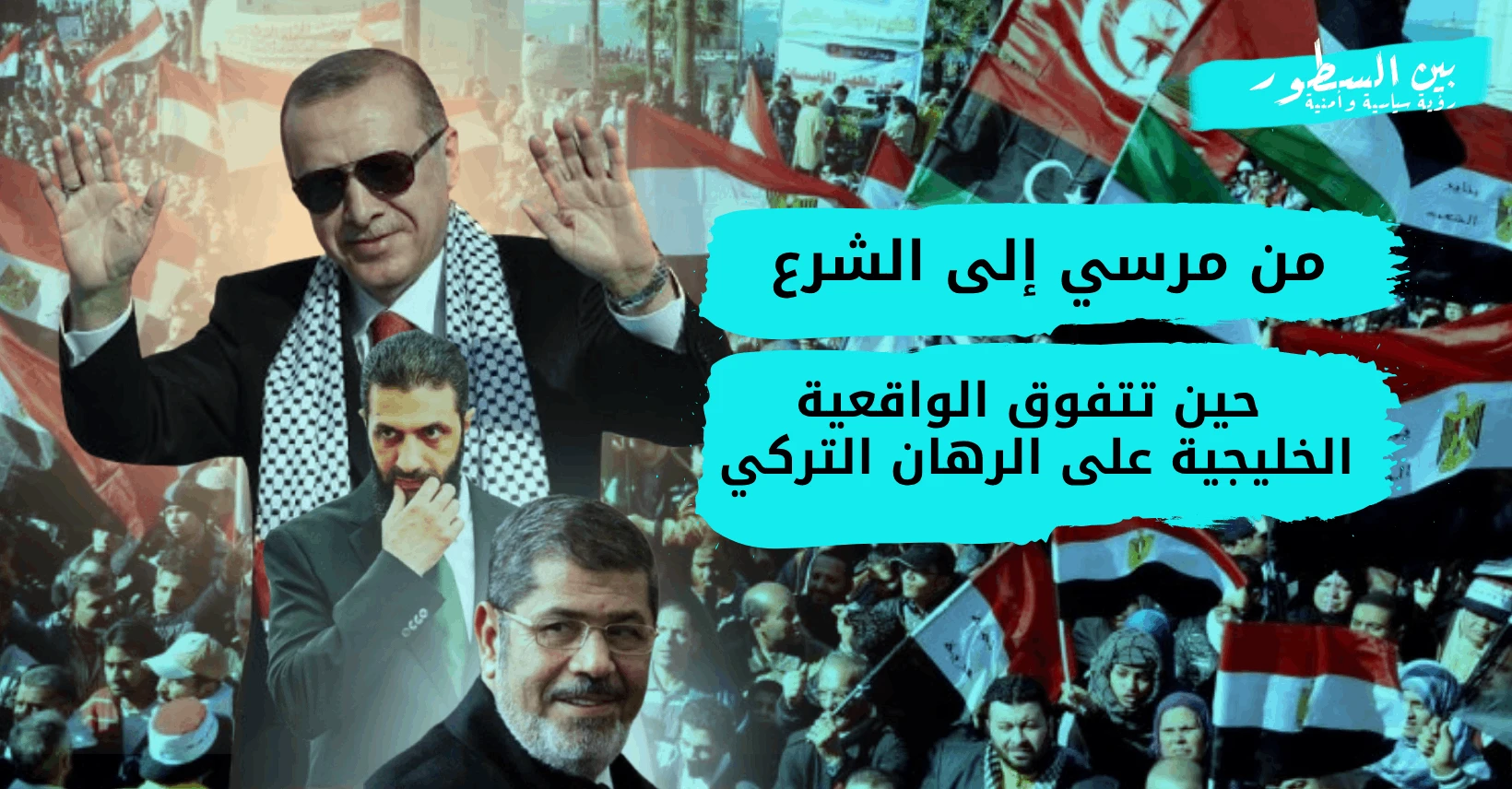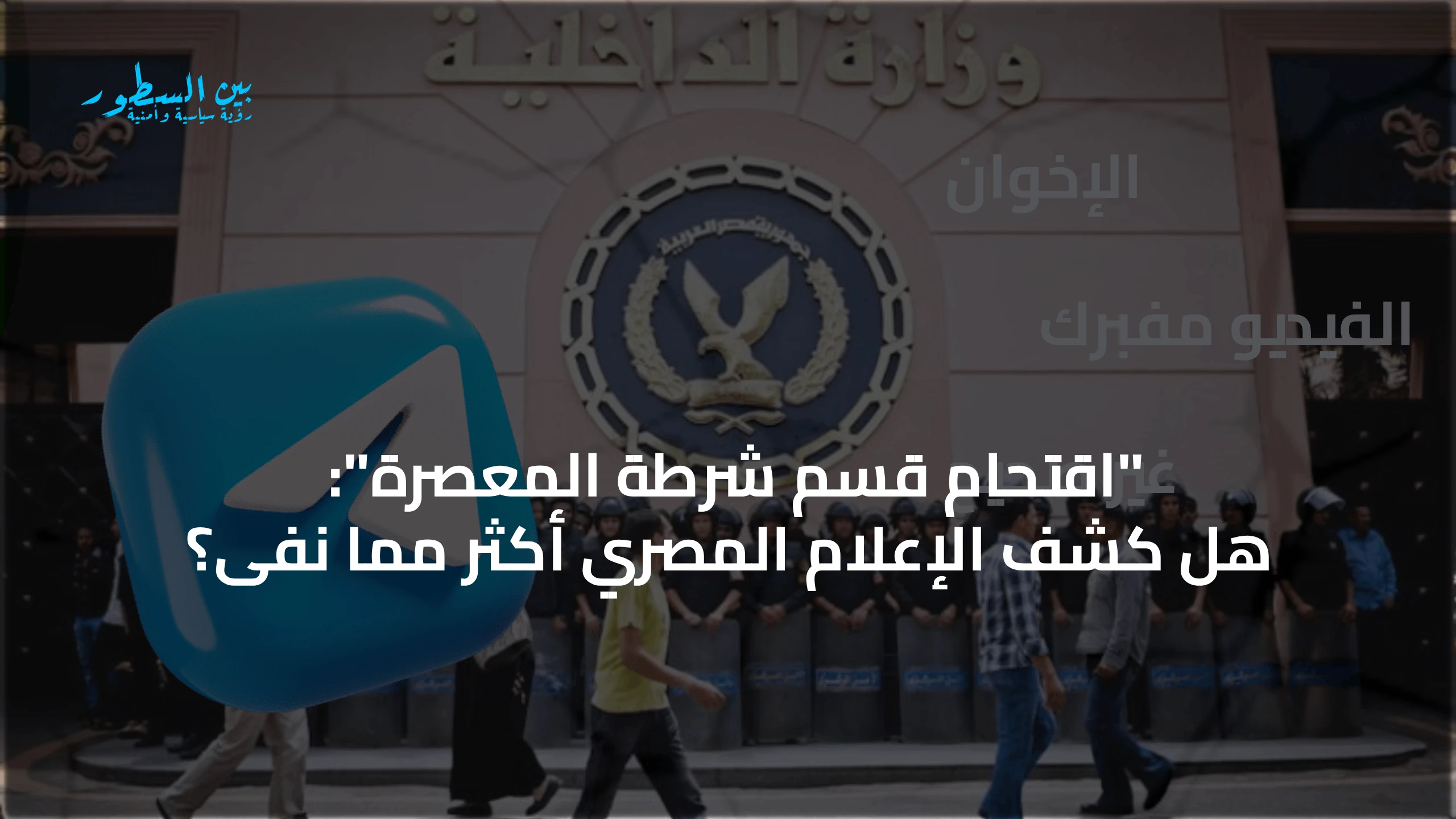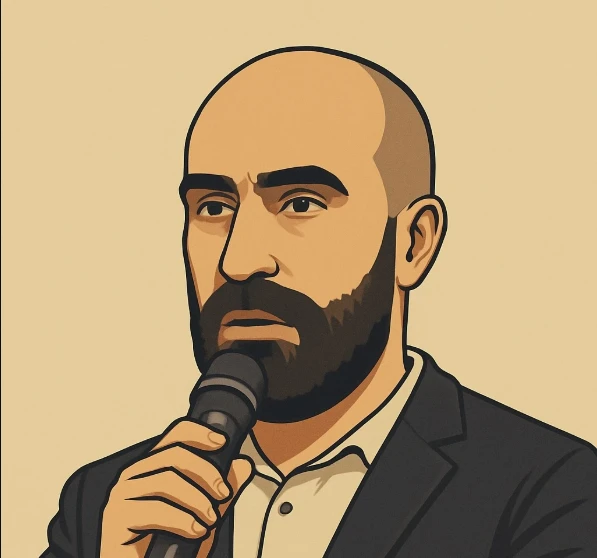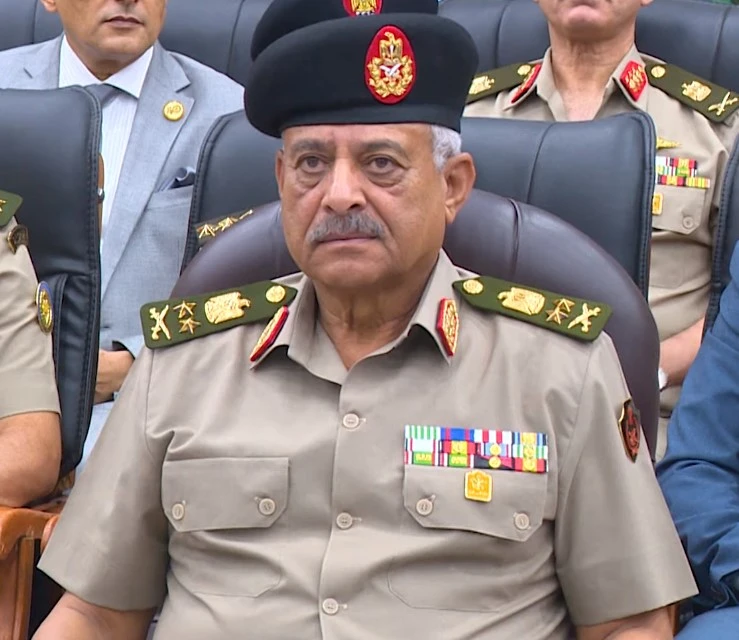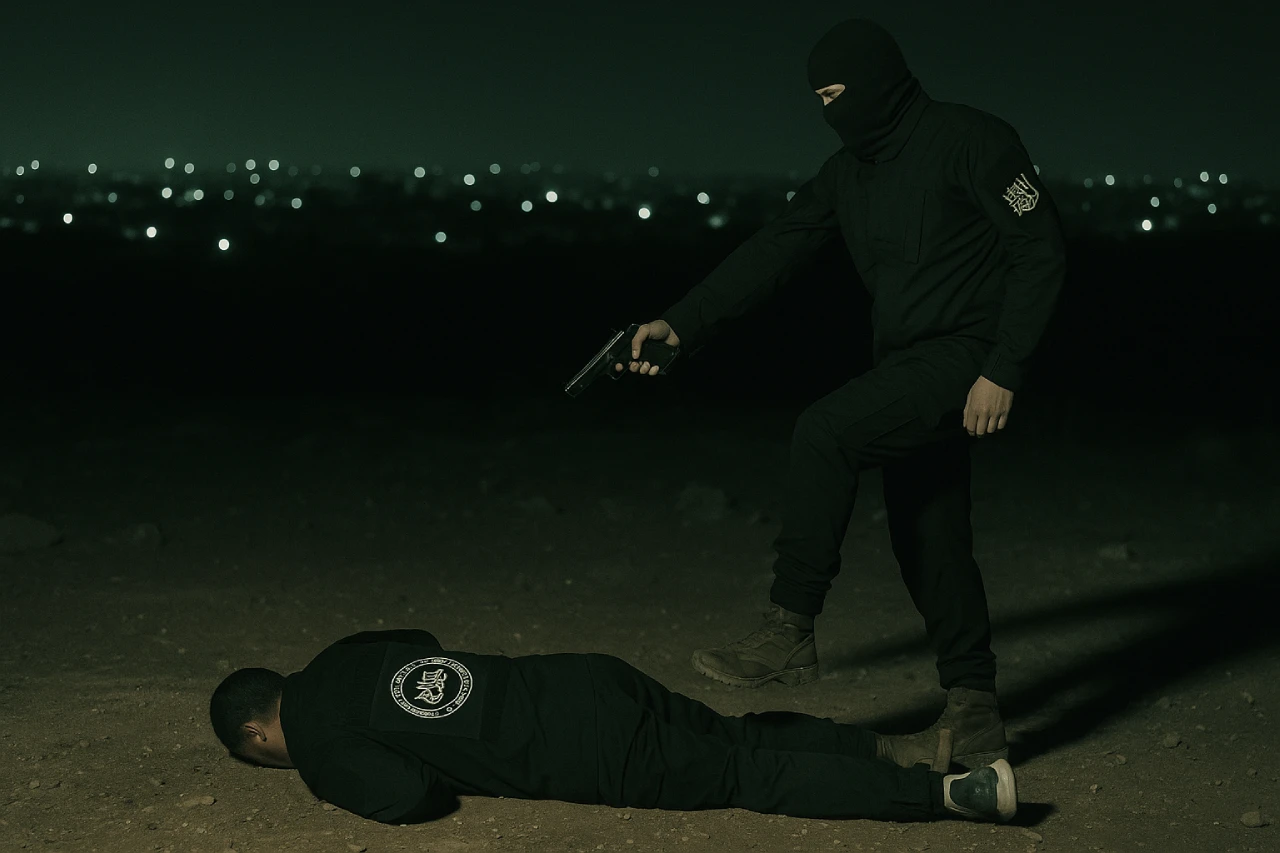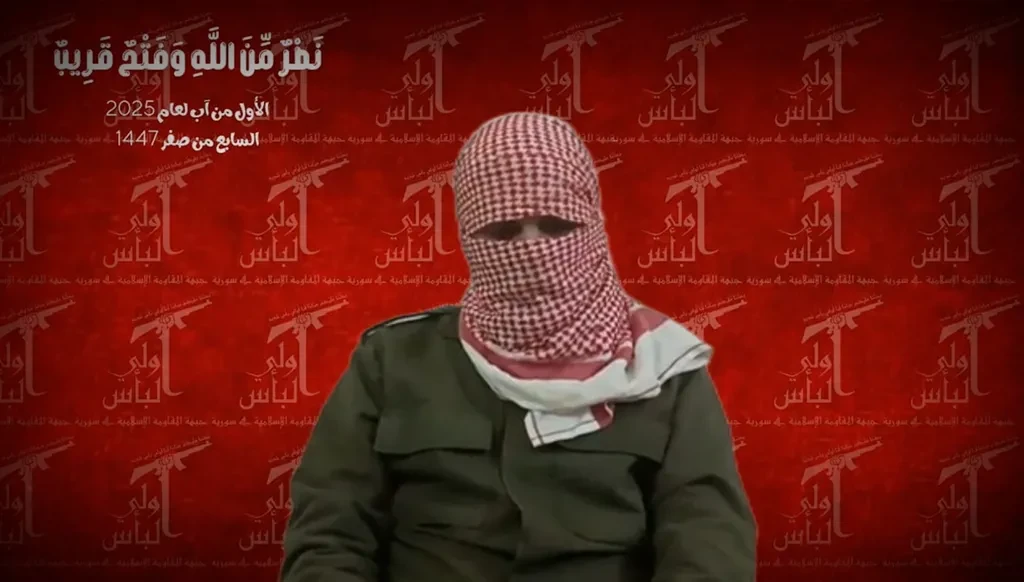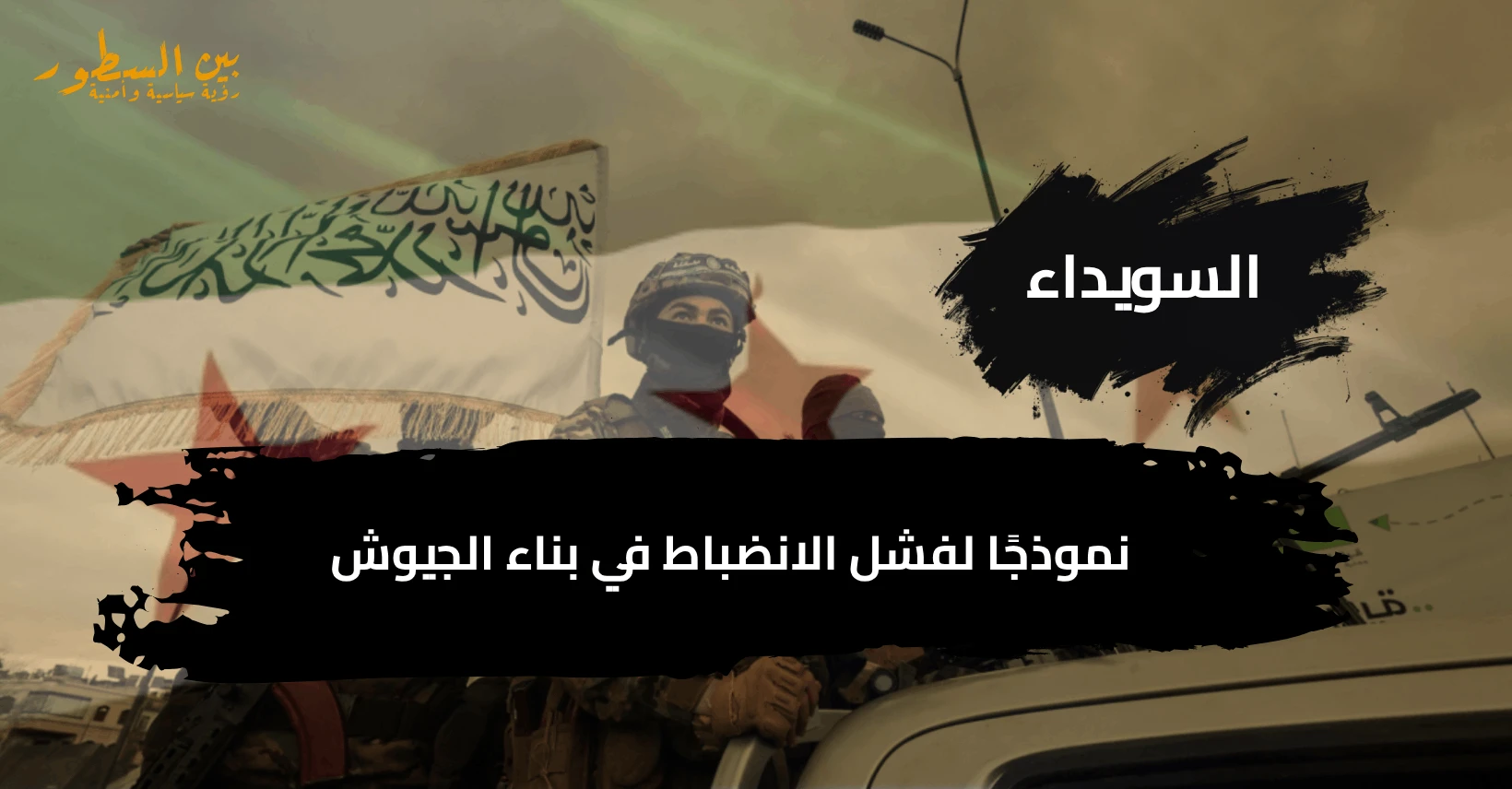Suspects' Clothing and Lighting: A Quick Analytical Review of the Egyptian Interior Ministry's Security Operation Scenes
This is an AI-generated English translation. The original text is in Arabic.
I did not wish to delve too deeply into analyzing the trailer published by the Egyptian Ministry of Interior to announce its success in eliminating a terrorist cell affiliated with the Hasm movement, as the video contained, as many verification platforms on the internet noted, numerous staged scenes that were published in the series "El Ikhtiyar," which aimed to promote the Egyptian president's narrative regarding the coup against the legitimate authority in 2013.
However, upon examining the details of the videoâafter converting it into framesâI found some questions that are difficult to ignore, such as: the clothing of the deceased, the dirt on their shoes, and the lighting in the scene, which are elements that do not easily align with the official narrative presented.
The Clothing of the Deceased: Readiness or Actual Departure?
According to the official narrative, the operation took place at dawn and an exchange of fire occurred at that time (the duration of the exchange was not mentioned), and that the civilian casualty in this operationâengineer Mustafa Afifiâdied during the clashes while heading to the dawn prayer.
But from the appearance of the deceasedâAhmed Abdel Razekâit is clear that he is wearing jeans and tightly laced shoes, indicating his readiness to go out or that he was already outside.
Moreover, his shoes are covered in a lot of dirt, which, in my opinion, contradicts his location; they resemble the shoes of a man who has come from the desert or a rough, muddy area, or perhaps he had just recently arrived home.
Lighting: Daytime or Dawn?
As for the lighting in the image, or more precisely the sun, it appears to be that of late morning or daytime, contrary to what could be expected at dawn or even just after dawn (but I will not dwell too much on this point, as the editing process is evident and the lighting changes as well).
Questions About the Position of the First Deceased
The shape of the clothing and the way it is worn raise questions for me:
Was Ahmed Abdel Razek always prepared for an attack or a raid, and thus was he sleeping in full clothing, including shoes?
Or did the execution take place while he was on his way somewhere? This scenario can be inferred from the dirt on his shoes.
The Second Deceased: A Different Location and a Side Bag?
The same observation can be made regarding the second deceasedâIhab Abdel Latifâdespite the ministry not publishing a full image of him, as he was wearing a side bag (crossbody).
Also, I will not dwell too much on the ground condition for each of them, because according to the narrative, they attempted to escape, and thus one of them may have been killed in a different location than the other.
However, the ground in the image showing Ihab Abdel Latif appears familiar in urban and popular areas in Egypt, while the ground in the image of Ahmed Abdel Razek looks like a room in a desert house or a dry, muddy rural area.
Clear Contradictions in the Official Narrative
For me, all these matters raise logical questions:
Were the accused in one apartment as stated by the Interior Ministry?
Did the operation actually occur at dawn?
Do these details conceal that the deceased were in different situations than those officially announced?
Conclusion: Questions Without Answers
These details may not seem important to some, but they reveal contradictions that are difficult to overlook. If the operation took place at dawn, why does the lighting appear to be daytime? And if the clashes occurred in an urban apartment, why do the traces of dirt seem as if they are from a distant desert?
What I see is that the scene needs answers that the official statement does not provide. Perhaps, before we settle for ready-made narratives, we should ask: Does what we see before us reflect what actually happened⦠or what we are meant to believe?

.webp)
